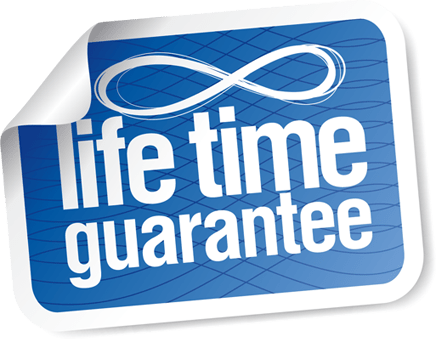Preventing Pipes From Freezing in the Winter
Because frozen pipes can cause such a headache during the most festive time of year, it’s a good idea to take preventative measures. After all, prevention is the best medicine! Here are a few strategies that will minimize the risk of your pipes freezing:
Open Cabinets
While it may affect the aesthetic of your kitchen, opening the cabinet doors in your kitchen can go a long way to preventing frozen pipes. Keeping these doors open allows warm air to circulate around the plumbing and melt potential ice. A word of caution—consider moving any harmful chemicals stored below the sink and ensure they’re out of children’s and pets’ reaches.
Close Outside Doors
Make sure your outside doors aren’t leaking air into your home. The garage is especially susceptible to the cold, and you’ll need to make sure the doors stay shut and sealed whenever possible. This is doubly important if water supply lines run through the garage.
Watch the Thermostat
Be consistent about the setting on your thermostat. Many people like to reduce the temperature at night, but the cold months aren’t the best time to focus on energy savings. Keep the thermostat at a consistent temperature throughout the day and night. When it’s time to go out of town for the holidays, resist the urge to turn the temperature down too far. Set the thermostat no lower than 55 degrees.
Let the Faucet Drip
Another easy way to minimize the risk of frozen pipes is by letting the faucet drip. Turn on the cold water, and allow a trickle of water to escape throughout the day. This practice keeps the water running through the pipes and makes it much more difficult for it to freeze.
Invest in Insulation
Homes should have a hefty amount of insulation in the attic, basement, and crawlspaces. If your home has inadequate insulation, it could increase your chances of frozen pipes. Invest in extra insulation material or hire an expert to seal openings around the windows and other cracks.




